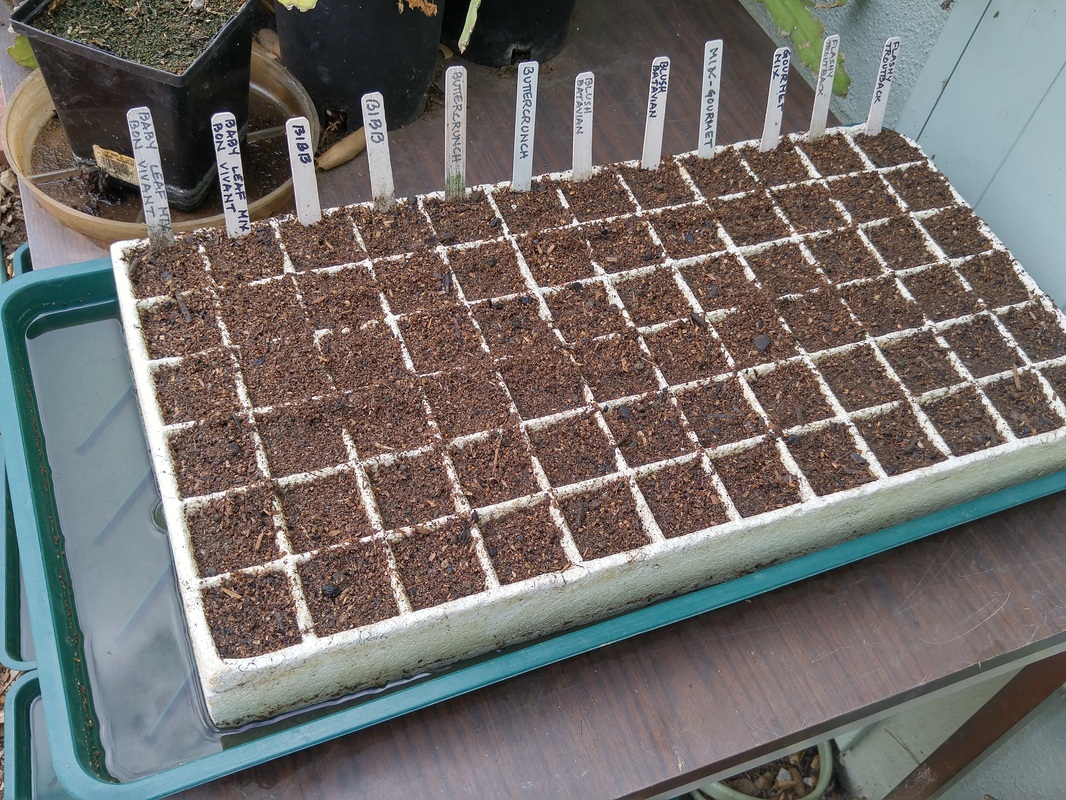 #6: place tray in water drip tray. Gently sprinkle from top up and down in each variety row so seeds don't move out of their rows. Water will run through each cell, moistening all of the potting mix, and into the tray. Keep this water in the tray to be reabsorbed from the bottom of each cell as it's needed by the soil mix. | Yeah, well, 100 degrees isn’t fun in the garden, for people or plants. Hopefully you kept track of the forecast, and watered before the temperature bolted. The trick is to get the moisture into the soil before the heat, not during the heat, just in case any phytophthora fungal organisms exist – they’ll go crazy when in both heat and moisture, and your plants may then be goners. When you water ahead of the heat, the soil moisture stays cooler in the root zones, so any existing phytophthora won't as readily affect your plants. The first lettuce seeds germinated! The first of the 24 varieties of lettuce seeds that I sowed last weekend are coming up – Bibb, Kagraner Sommer, and Tom Thumb. 21 varieties to go! See the picture sequence at left for the seeding process, using my 30-year-old Speedling (R) trays that I purchased from Peaceful Valley Farm Supply (www.groworganic.com). The drip trays became available a couple of years ago, too. Yes, the set is relatively expensive with shipping, but mine are still serving me well after all these years! I use the 2" cell size. In the past, I’ve been careful to let only two or at most three seeds fall into each cell, so I could snip the less-vigorous ones when transplanting them. This time, since many of my seed packets were 2 years old, I was more generous to make sure I got good germination. The Bibb especially seems to have germinated all of the dozen-or-so seeds in each cell. When transplanting these, I’ll either snip all but two seedlings, or separate the seedlings into separate plants. The reason to snip instead of pull extras out of the cell when allowing the remaining ones to develop further is so you don’t disturb the root of the couple you want to develop, which would set back the seedling a week or two. Other “Seedy” Notes As some herbs reseed themselves, transplant them for overwintering in the garden. Dill, especially, seems to germinate better this way, so take advantage of it. Problems with seed germination may be due to old seed, soil that is too warm or has been allowed to dry out, or seeds that were sown either too deeply or not deeply enough. Keep seedbeds moist and shaded from hot afternoon sun until the seedlings develop two to four true leaves. When sowing cover crops for the fall and winter, consider edible ones. Kale and rocket (roquette, arugula) are full-flavored leafy vegetables that withstand freezing. Both germinate in cool weather and are welcome fresh greens for stir-fry and soups all winter long. In the spring, they can be easily turned under as "green manure" when preparing the soil for the main spring and summer crops. |
|
0 Comments
Leave a Reply. |
Categories |
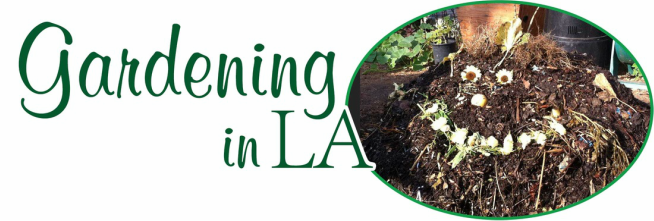
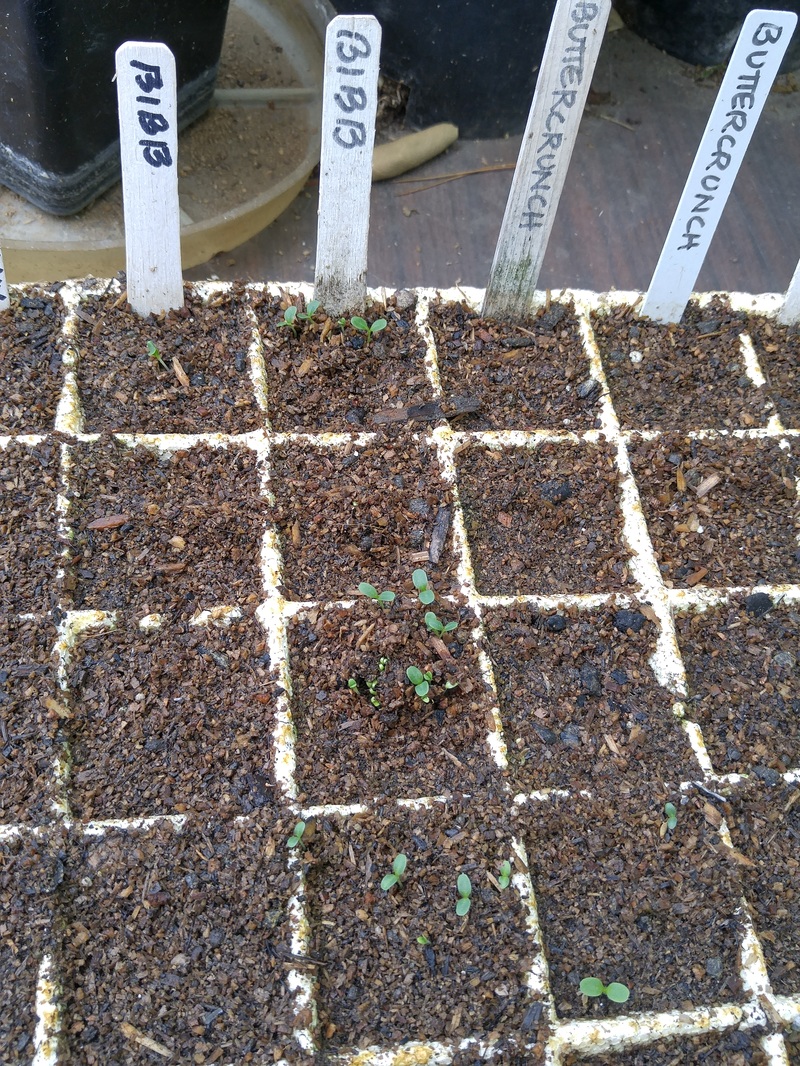
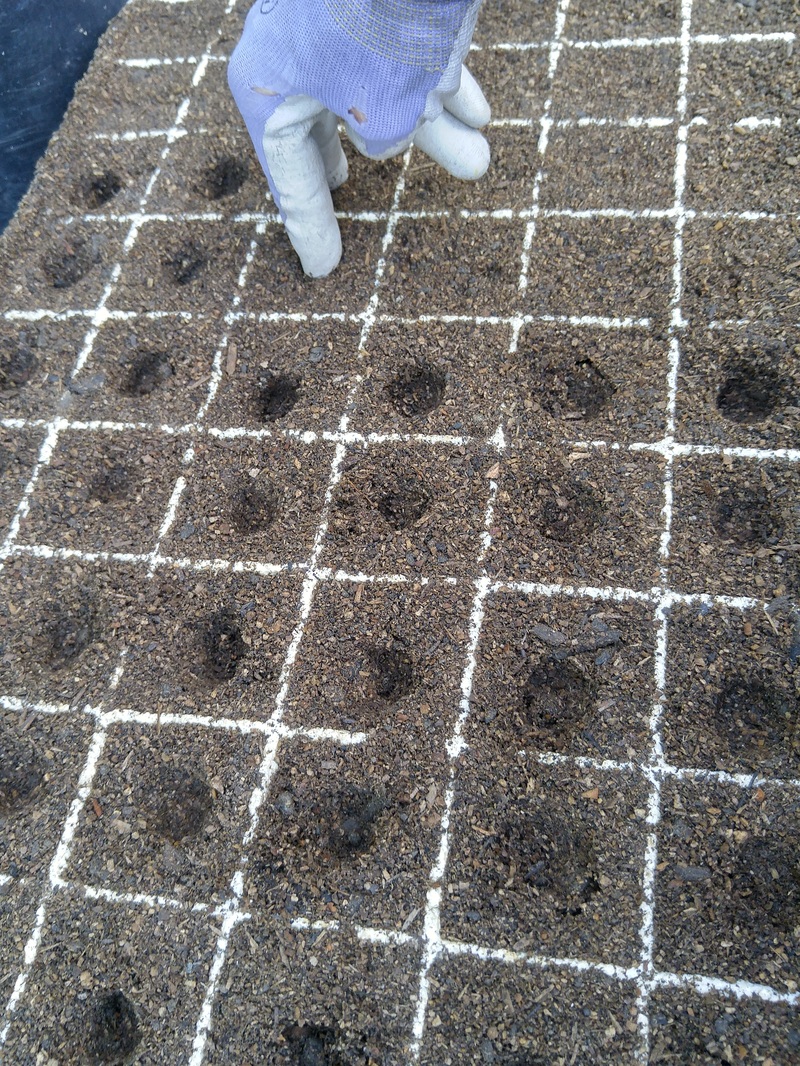
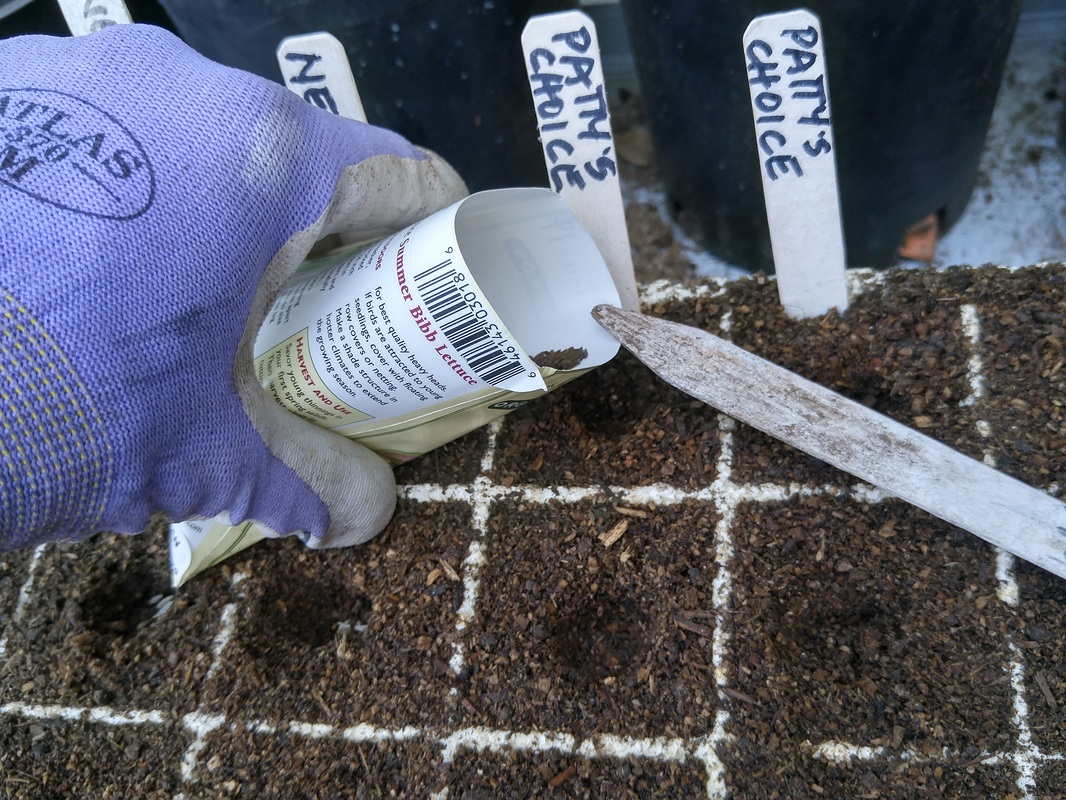
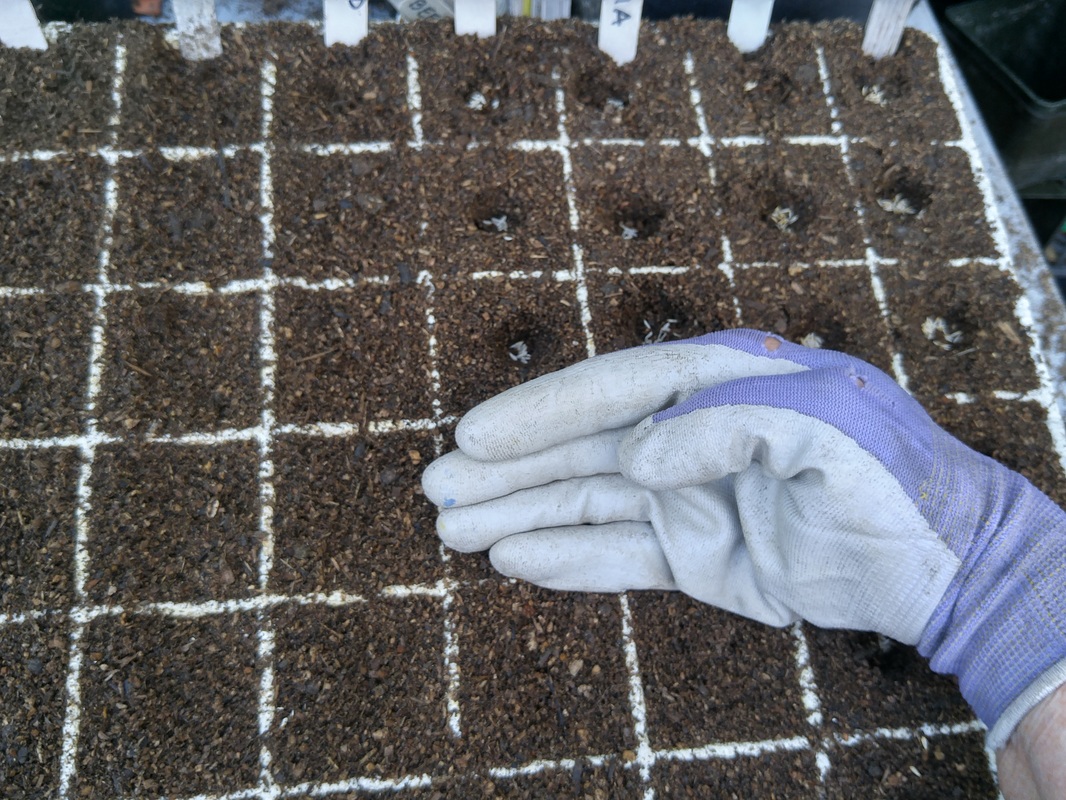
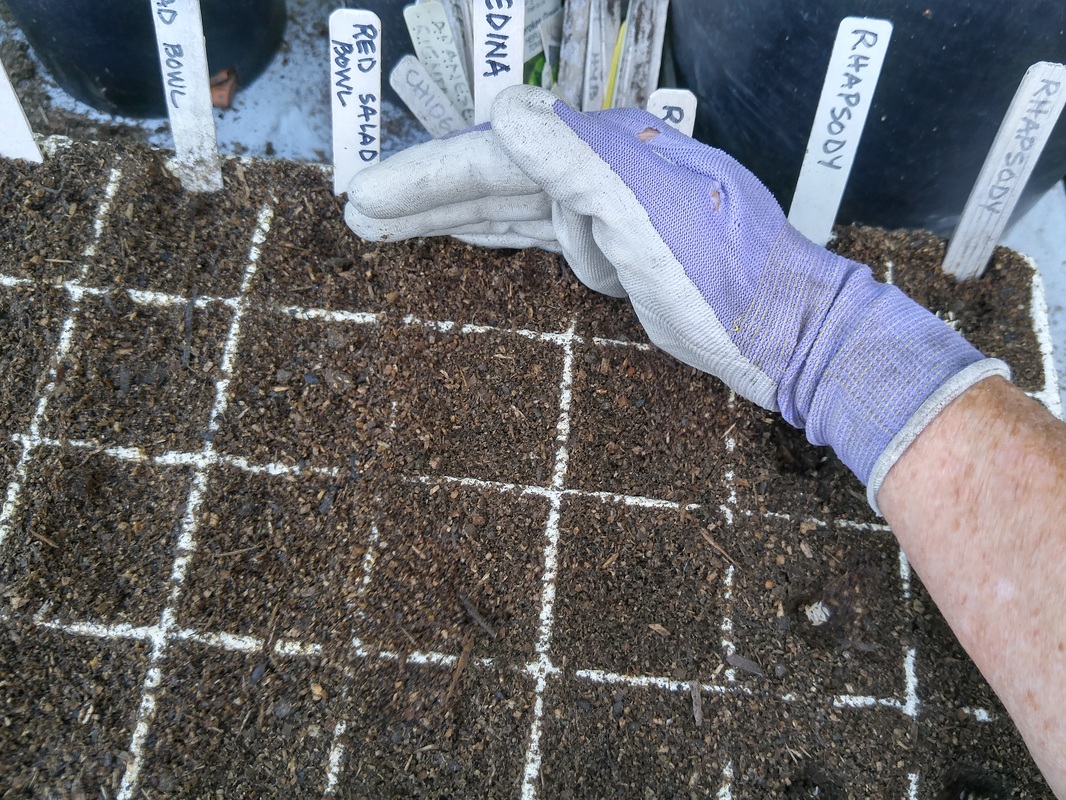
 RSS Feed
RSS Feed